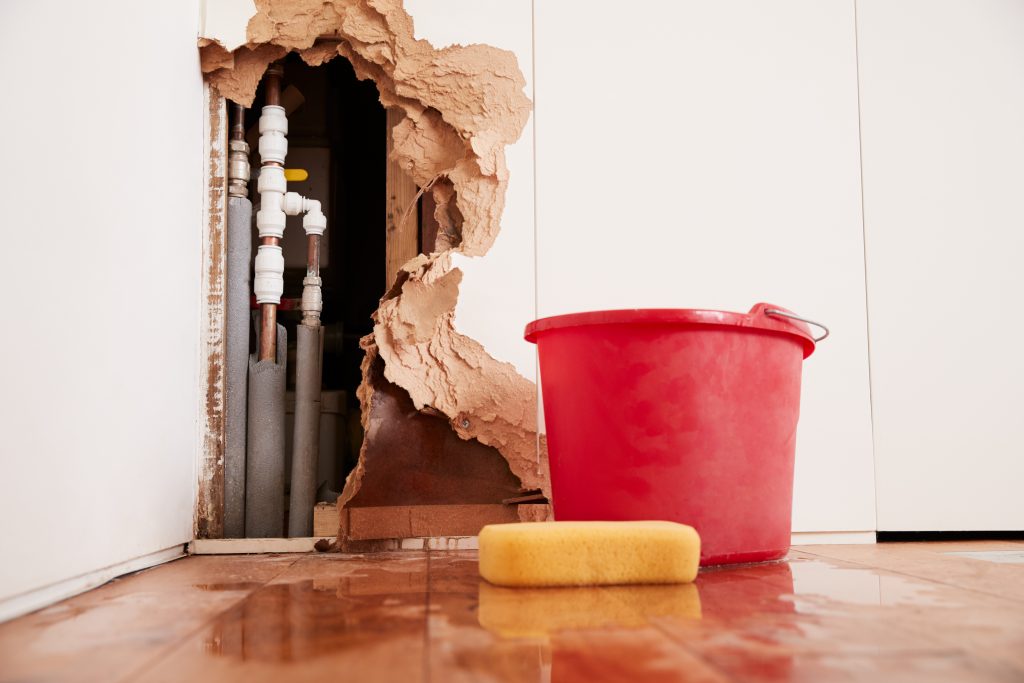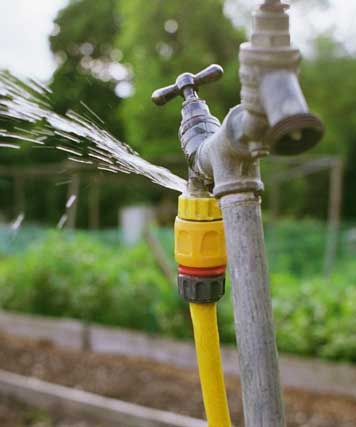Spotting Hidden Water Line Leaks: Six Effective Detection Methods
Spotting Hidden Water Line Leaks: Six Effective Detection Methods
Blog Article
Just how do you really feel when it comes to Locating water leaks?

Early detection of dripping water lines can mitigate a prospective calamity. Aside from saving you money, it will certainly lessen the stress and disappointment. The minute you find a leak, calling your plumber for repair services is the most effective remedy. Some tiny water leakages might not be noticeable. If you can not spot it with your naked eyes, below are some hacks that aid.
1. Check Out the Water Meter
Every residence has a water meter. Inspecting it is a guaranteed manner in which helps you discover leaks. For starters, shut off all the water resources. Ensure nobody will certainly flush, use the tap, shower, run the washing device or dish washer. From there, most likely to the meter and watch if it will alter. Since nobody is utilizing it, there should be no activities. If it relocates, that indicates a fast-moving leak. Furthermore, if you spot no changes, wait a hr or more as well as inspect back once again. This implies you may have a sluggish leakage that can even be underground.
2. Check Water Consumption
Evaluate your water expenses as well as track your water usage. As the one paying it, you ought to discover if there are any type of disparities. If you detect sudden changes, regardless of your intake coinciding, it implies that you have leaks in your plumbing system. Remember, your water costs must fall under the exact same array monthly. An unexpected spike in your costs suggests a fast-moving leakage.
Meanwhile, a constant rise on a monthly basis, despite having the exact same practices, shows you have a slow-moving leakage that's also gradually rising. Call a plumber to thoroughly examine your residential property, particularly if you really feel a warm area on your flooring with piping underneath.
3. Do a Food Coloring Examination
When it comes to water consumption, 30% comes from bathrooms. If the color in some way infiltrates your bowl throughout that time without flushing, there's a leakage between the container and bowl.
4. Asses Exterior Lines
Do not neglect to check your exterior water lines too. Test faucets by affixing a yard pipe. Needs to water seep out of the connection, you have a loosened rubber gasket. Change this and also ensure all connections are tight. It will certainly help get it professionally analyzed and also maintained each year if you have actually got a sprinkler system. One tiny leak can squander lots of water and also spike your water bill.
5. Check and also Analyze the Situation
Homeowners must make it a habit to check under the sink counters and also even inside cabinets for any bad odor or mold growth. These 2 warnings suggest a leak so prompt attention is required. Doing regular examinations, also bi-annually, can save you from a major trouble.
Examine for stainings and weakening as most home appliances and pipelines have a life span. If you suspect dripping water lines in your plumbing system, don't wait for it to escalate.
Early discovery of leaking water lines can minimize a prospective disaster. Some little water leaks might not be visible. Examining it is a proven way that aids you find leakages. One small leakage can squander tons of water as well as spike your water expense.
If you think dripping water lines in your plumbing system, don't wait for it to rise.
WARNING SIGNS OF WATER LEAKAGE BEHIND THE WALL
PERSISTENT MUSTY ODORS
As water slowly drips from a leaky pipe inside the wall, flooring and sheetrock stay damp and develop an odor similar to wet cardboard. It generates a musty smell that can help you find hidden leaks.
MOLD IN UNUSUAL AREAS
Mold usually grows in wet areas like kitchens, baths and laundry rooms. If you spot the stuff on walls or baseboards in other rooms of the house, it’s a good indicator of undetected water leaks.
STAINS THAT GROW
When mold thrives around a leaky pipe, it sometimes takes hold on the inside surface of the affected wall. A growing stain on otherwise clean sheetrock is often your sign of a hidden plumbing problem.
PEELING OR BUBBLING WALLPAPER / PAINT
This clue is easy to miss in rooms that don’t get much use. When you see wallpaper separating along seams or paint bubbling or flaking off the wall, blame sheetrock that stays wet because of an undetected leak.
BUCKLED CEILINGS AND STAINED FLOORS
If ceilings or floors in bathrooms, kitchens or laundry areas develop structural problems, don’t rule out constant damp inside the walls. Wet sheetrock can affect adjacent framing, flooring and ceilings.
https://www.servicemasterbyzaba.com/blog/how-to-detect-water-leakage-in-walls/

Do you appreciate more info about Detecting hidden plumbing leaks? Post feedback down the page. We'd be delighted to know your responses about this post. We are looking forward to see you back again soon. Sharing is good. You won't know, you may just be doing someone a favor. I value reading our article about Hacks to detect leaks.
Call now! Report this page